When someone says “ooh I heard an archive recording by you on the radio the other day”, it’s sometimes a bit of a lurch. In this case, as happened this week, it was extremely triggering. This was a clip on Radio 4 of the most exciting and encompassing news story I covered during my decade as BBC Arts Correspondent, namely the opening of Tate Modern.
Next month, it will be 25 years since the giant gallery on the Thames at Bankside (above) opened. I covered the whole transition from abandoned power station to HM the Queen pressing the button. All the hard hat visits, the plans, architects, the different names, the sponsors, the Lottery, the private donations; I traced the entire journey.
The change wasn’t just about a building; it was about a cultural shift. Tate went from being an outlier, to the centre of everything. Everything. It dwarfed the arrival of other prestigious Lottery funded projects, in particular the Millennium Dome, and the refurbishment of the Royal Opera House.
The timing was perfect. Tate Modern, helmed by Sir Nicholas Serota, rode the wave of Cool Britannia, BritPop and of course the Young British Artists. The YBAs were the pop stars of visual art. Their pickled sharks and unmade beds were headline events; their fame outshone the confines of the white cube; they invaded precincts of advertising, fashion, film and music. Eventually, they were given their own shrine, and that was Tate Modern. It was the project of the day, and only the Culture Secretary, Chris Smith, fully realised it. Even Prime Minister Tony Blair didn’t get the story until it was almost too late. A couple of months before the opening, Serota got a call from No.10, asking if Blair could open the building. On being told that the Queen had already bagged the gig, the P.M. insisted on visiting on the same day.
This week, I received a memory stick containing all my stories for BBC News, 1994-2004. Opening it was a Rip van Winkle experience, a ruthless time capsule of the (then) arts world. Long-haired Damien Hirst. Cherubic Matthew Bourne. Kathy Lette (just the same). Wrinkle-free Jeremy Irons. The late Antony Minghella.
Central to this is the arrival of Tate Modern, in which coverage features a young looking R Millard talking to a wildly youthful Nicholas Serota.
Everything is strange; the absurdly cheap cost (£125 million), the unchallenging resume of artists (Warhol, Monet, Freud), the lack of multi-media anything.
On the actual day, May 12 2000, I was reporting live into Breakfast News, alongside the curator Lars Nittve and plain Mr Antony Gormley, (pre-knighthood).
Go for it, Antony! Say those outrageous words!
All I remembered was Gormley somehow inveigling the word “penis” into the interview. On seeing the interview now, he actually says “erect penis”. Cue speechless Millard, and instant and unstoppable giggles from Sophie Raworth back in the studio.
Back in the gallery, at around midday, Serota in a perfect suit, strides to the centre of the Turbine Hall, and calls everyone to attention. “The Queen will be here shortly. Thank you for your support.” Everyone from the British arts world is there, standing each side of the huge hall, awaiting the Queen. Nobody is holding up a phone, because cameras on phones have not been invented. I remember looking down from my spot on the Mezzanine balcony, headphones on, reporting for Five Live as HM the Queen arrives, also in a perfect suit. I am linked to the radio car by a series of wires, as WiFi also has yet to be invented.
The way we were. HM The Queen opening Tate Modern in an analogue world, May 12 2000.
Then I went home and changed, taking my infant son Gabriel to have his MMR en route.
Same day, six hours later. Still excited.
Here I am in my gladrags before the bash, with the tables going up behind me, and here’s the radio clip from the evening’s party.
In order, the brief comments are from Tatler editor Geordie Greig, theatre director Sir Richard Eyre and Lord Andrew Lloyd Webber. All middle aged white men. Good talkers, cultural big hitters. But now, the lack of attention to diversity screams out. Things have improved a lot, both in terms of casting, and in terms of things said. Diverse interviewees bring diverse comments.
My most vivid memory? Running to the radio car, I crash straight into Serota, probably underneath the giant Louise Bourgeois spider. “We did it! We did it!” he says to me, his face one huge smile. “What has been the best part of the day?” I ask him. “That will be tomorrow morning,” he said. “When the public comes in through those huge doors.”
I believed him. I still do. The public flooded in the next day. Free of charge. To have raised that amount of money and to have crafted an unexceptional collection into the world’s most popular museum of modern art is a huge achievement.
At a stroke, Tate Modern re-versioned the ambition of the modern art gallery. It made the po-faced temple to intellectualism into an egalitarian palace of fun. It was the hottest place in London, bar none. The gallery, it seemed, could not put a foot wrong. Even though its curators (working under the auspices of Serota) came and went with quite alarming speed, the events which they programmed were must-sees.
The roll call underlines how astonishing the advent of Tate Modern was for the cultural life of the nation. Ai Weiwei’s 100,000,000 ceramic sunflower seeds! Those scary slides by Carsten Holler! Olafur Eliasson’s huge sun! The crack down the middle of the Turbine Hall by Doris Salcedo! Picasso and Matisse, together! Sonia Delaunay! Damien Hirst! It became the darling of front pages, news bulletins, glossy magazines, films and launches by companies previously allergic to anything which smacked of ‘modern art’.
The Weather Project, Olafur Eliasson, 2003
How has it fared, twenty five years on? It has had one extension, the Tanks, and then another, the £260 million ziggurat known as the Blavatnik Building. Have these extensions slightly diluted the effect? It might seem so. At least, the headlines suggest the public is not flocking to Tate Modern as it once did.
This week, the Art Newspaper carried a survey of post-Covid visitor figures to galleries across the art world. While the Louvre is 1% down on pre pandemic figures, Tate Modern recorded only 4.6 million visits in 2024, a quarter less than its peak of 6.1 million in 2019. By contrast, the British Museum and (non-arts gallery) the Natural History Museum are doing extremely well, with the NHM enjoying a record number of visitors last year.
“Perhaps,” suggests the Art Newspaper, “the UK’s contemporary art boom has petered out, and the audience is going back to [its] more traditional fare of mummies and dinosaurs.”
Is it time up for Tate Modern, the physical embodiment of the YBA phenomenon?
Twenty five years on the YBAs are elderly, and some of them are extremely wealthy. They are not counter-establishment; they are the establishment. The spotlight of radicalism has moved away from them onto something else. Where does this leave Tate Modern? This year’s programme looks very much like a retreat into the familiar, as the gallery attempts to cope not so much with the shock of the new, as the shock of the few.
Picasso’s Three Dancers, the heart of this autumn’s exhibition at Tate Modern
And yet, return to the actuality. Twenty five years ago, striding around the Turbine Hall, I say; “It’s hoped that two million people will visit Tate Modern in its opening year.”
Let’s remember that ambition, before trashing the legacy.
Happy Birthday Tate Modern. Here’s to another 25 years.


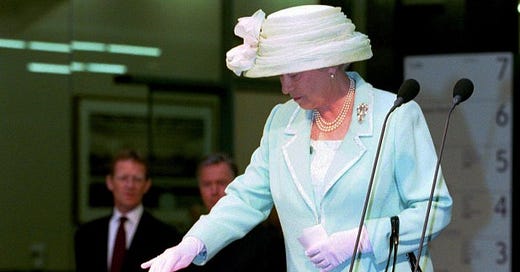


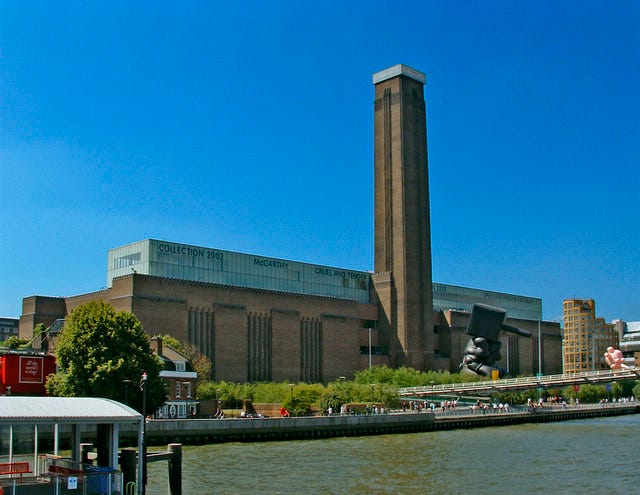
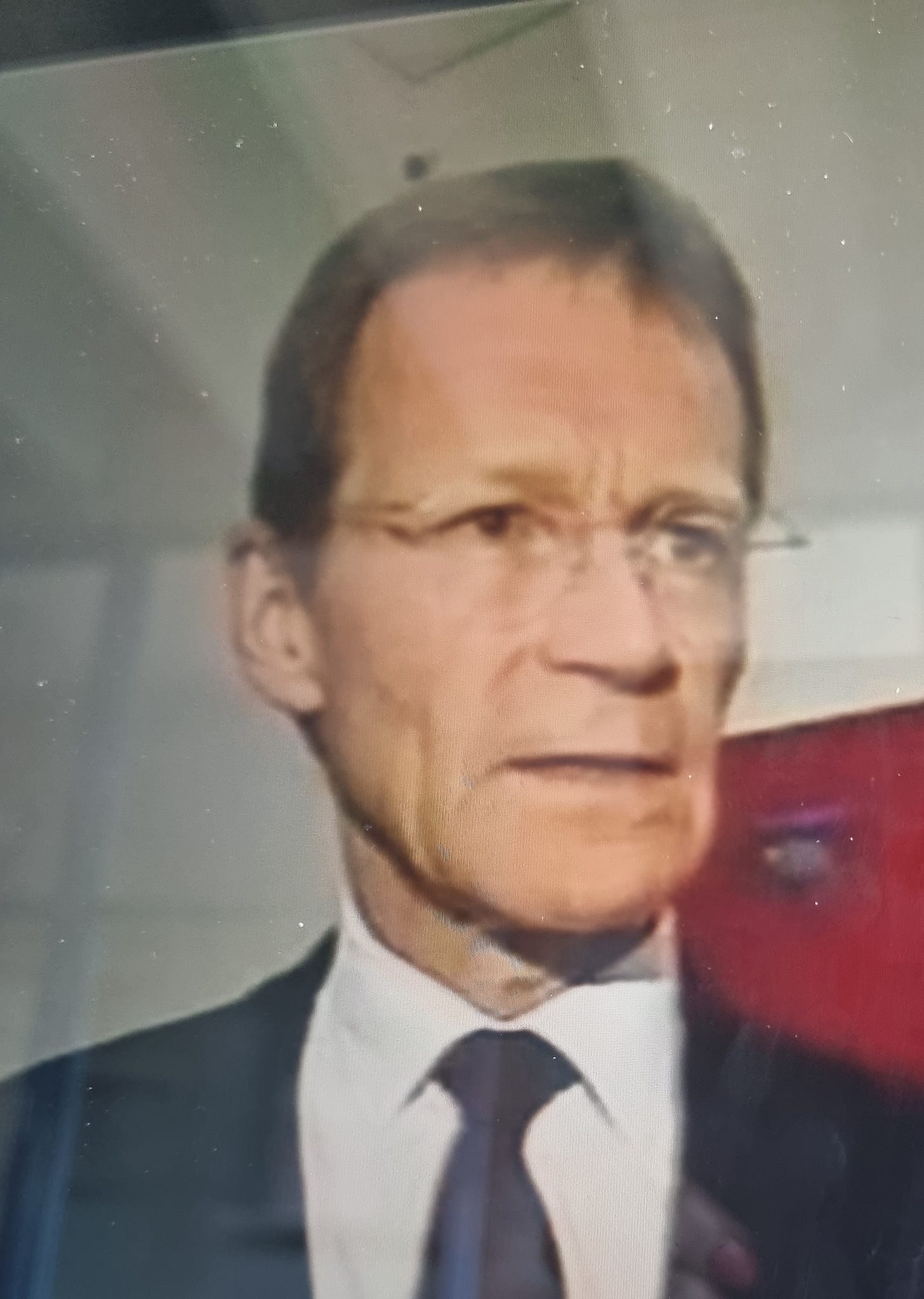
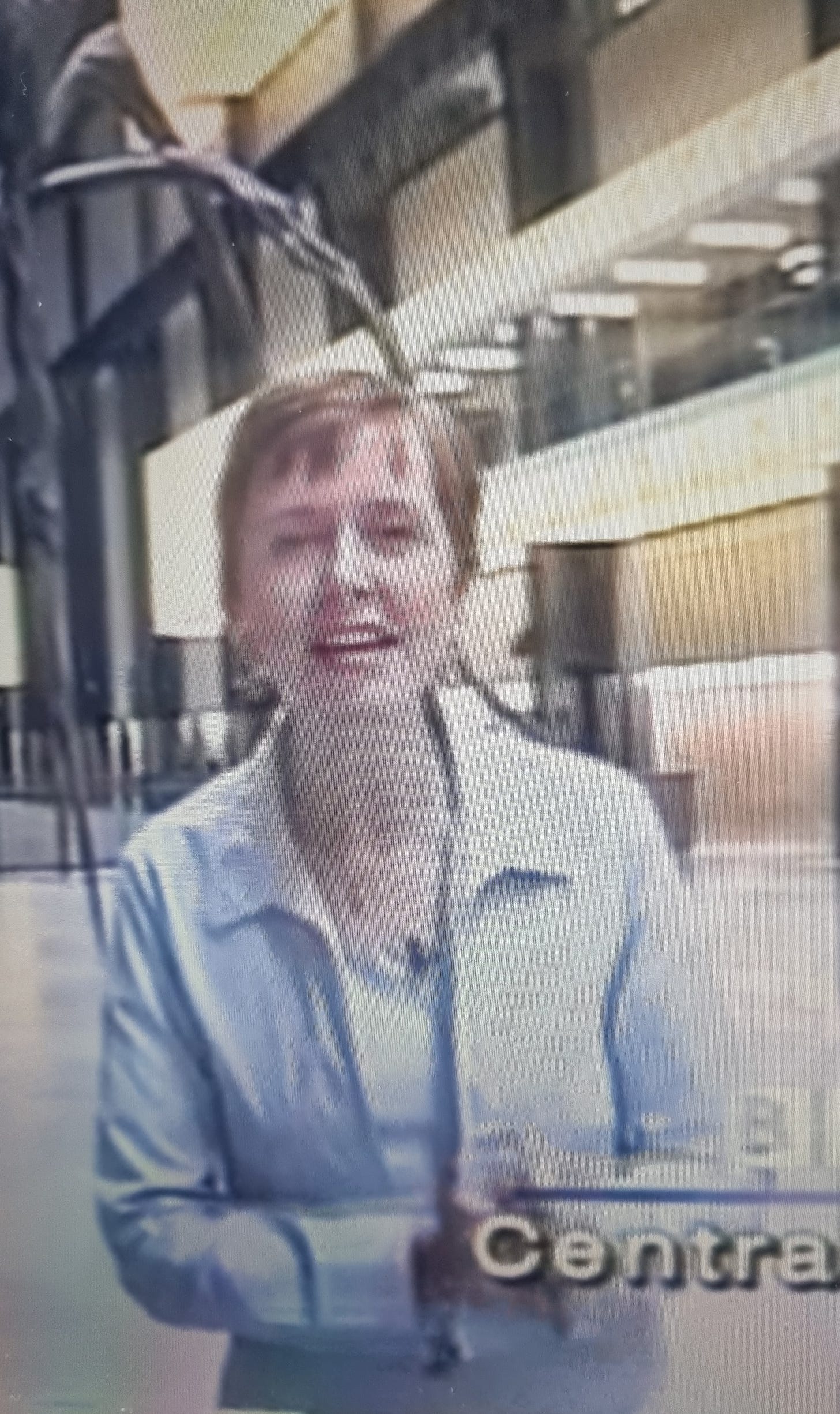
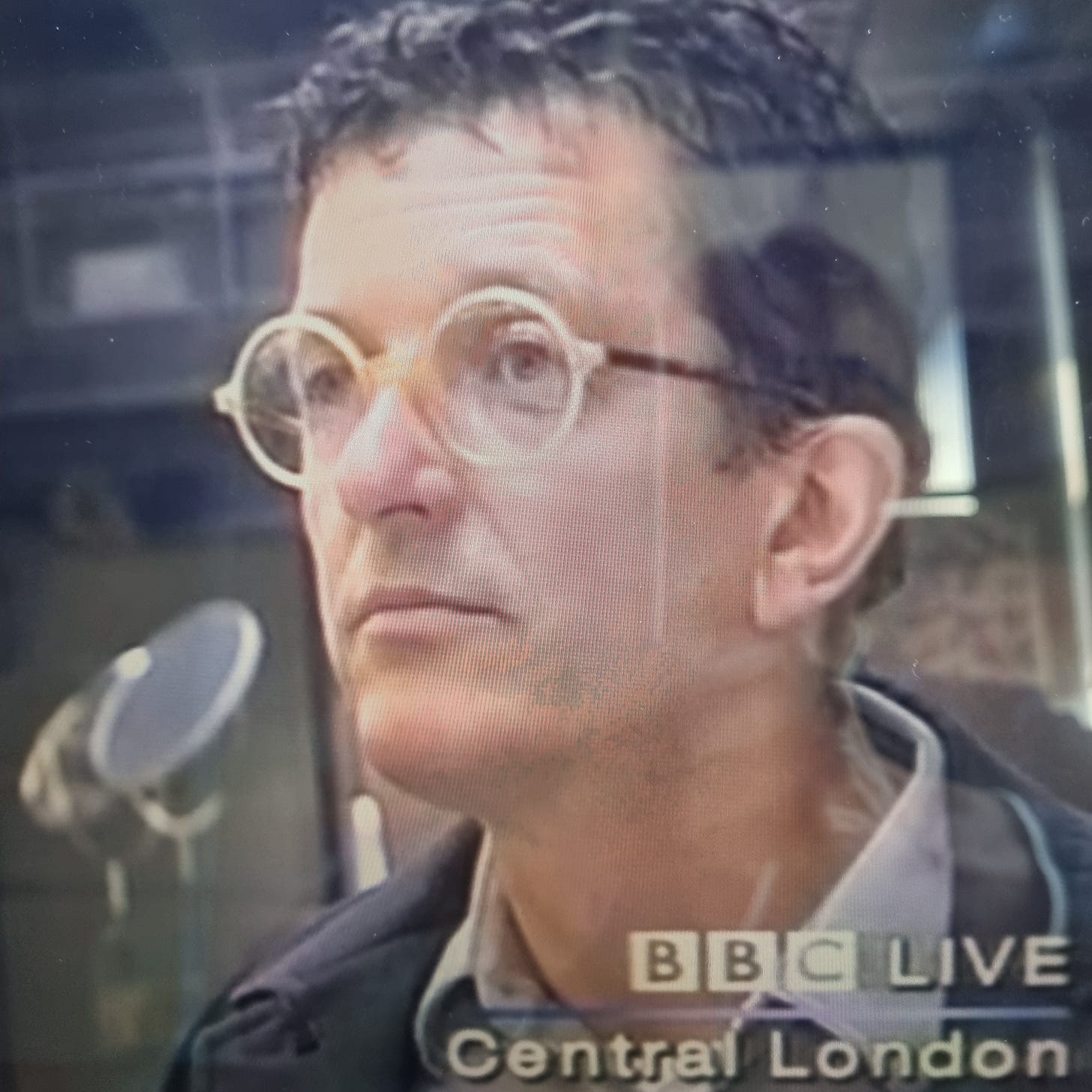

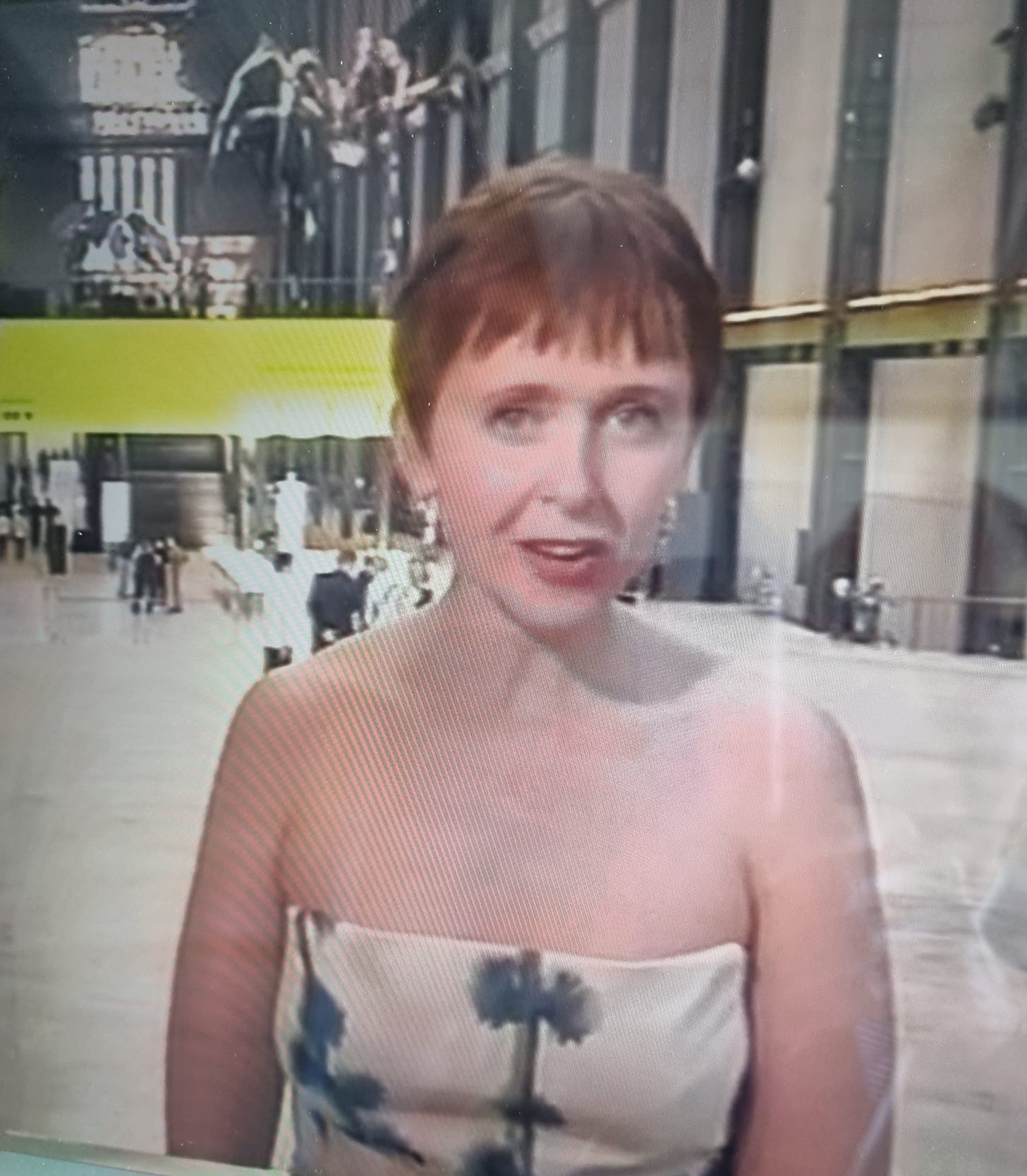

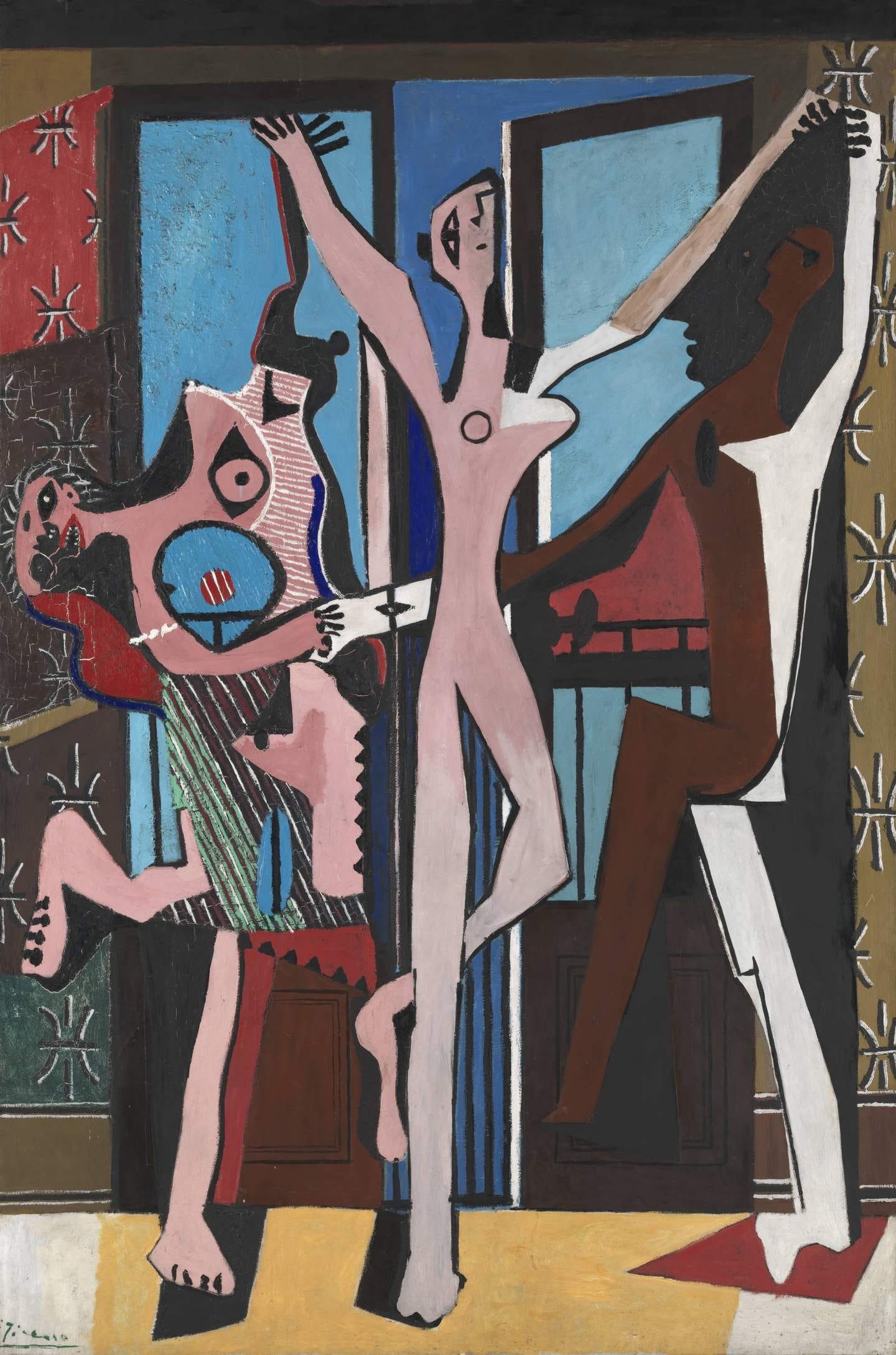
It’s the age old question, though, that the Tate, and every other ‘art’ space, anywhere in the world should try to answer. Or at least help us in some way, however small or large, find the answer to.
Oh! Yeah…the question: What is art for?
Do you think the Tate Modern fulfilled its part in answering that question, Rosie? For me, I’ve only been once, sometime in the mid-noughties, my ears ringing with tinnitus and suffering from a distinct lack of sleep having experienced the Sex Pistols in Manchester the night before and flying down at stupid ‘o’ clock
Fantastic read. I felt like I was there.